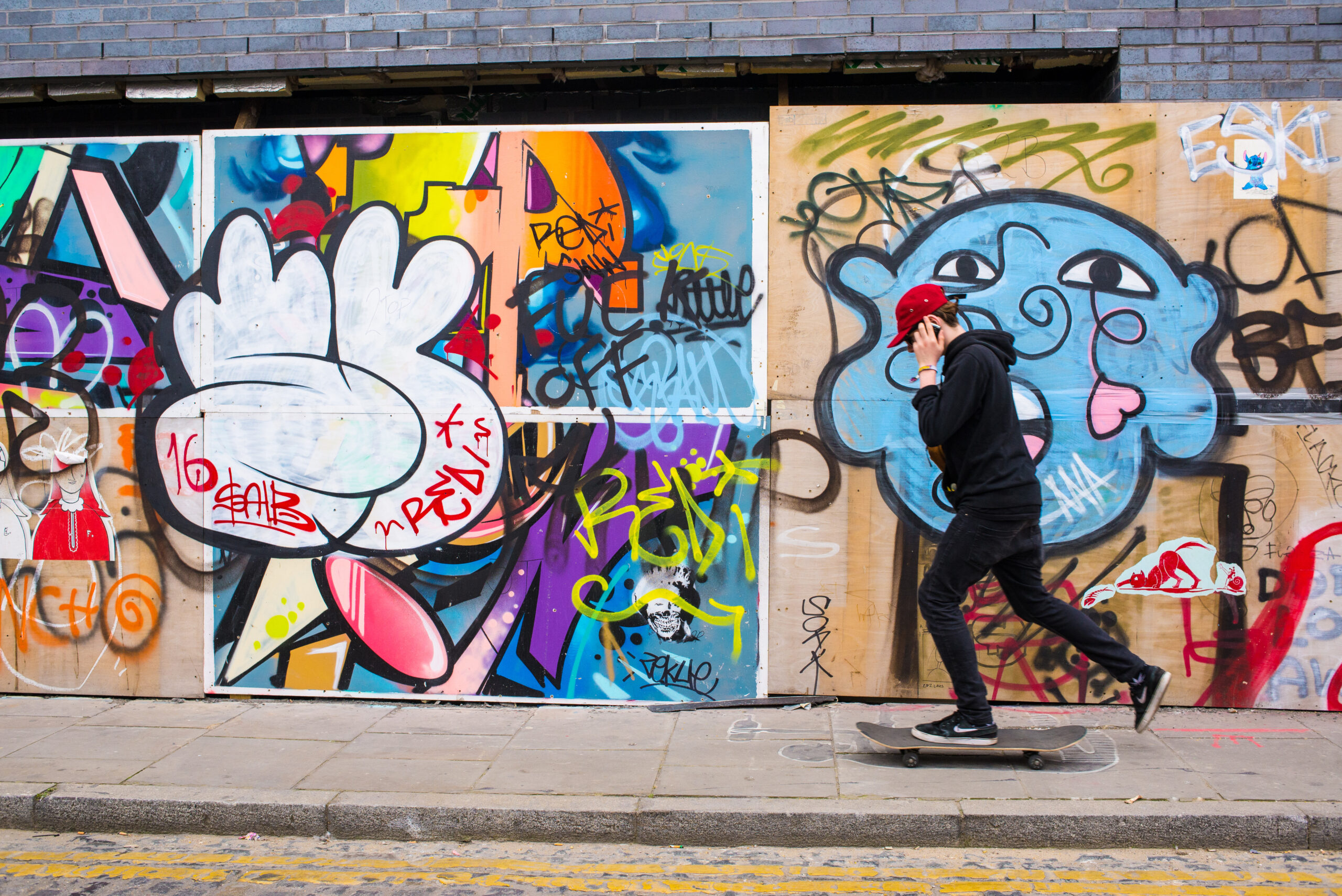
Takeaways from the #YouthStrike4Climate
Takeaways from the #YouthStrike4Climate
19 February, 2019
Last Friday, tens of thousands of schoolchildren joined climate strikes across the UK to protest the escalation of global warming. Organisers believe that protests were held in over 60 towns and cities in the UK, including a large-scale demonstration in Westminster, with young people campaigning for politicians to take immediate action to save the future of the earth.
This wave of activism was initiated by the sixteen-year-old schoolgirl Greta Thunberg, who held a solo protest outside the Swedish parliament in August 2018. The movement she started has since morphed throughout the world, linking up with older established campaign groups including Extinction Rebellion, 350.org and Greenpeace.
Greta’s achievement, in such a short space of time, is nothing short of remarkable and demonstrates the vitality of the younger generation to speak out on matters they’re passionate about. In this case, the youngest in society are the ones educating on the issues facing our planet.
As Jeremy Corbyn said in a tweet on Friday: “Climate change is the greatest threat that we all face but it is the school kids of today whose futures are most on the line. On the other (political) hand, Cabinet minister Andrea Leadsom tweeted “it’s called truancy, not a strike”.
Whether truancy or strike, one thing is certain: the #YouthStrike4Climate, #schoolstrike4climate, #FridaysForFuture and #ClimateStrike hashtags all trended on Twitter throughout the day. Youth marches are not a new advocacy tactic, but social media is having a profound impact by helping to mobilise young people. Charities and campaigning organisations should take note.
There will be another #YouthStrike4Climate on the 15th March and it will be interesting to see if social media will help generate as much, if not more, momentum the second time around.
Eleanor Wilson